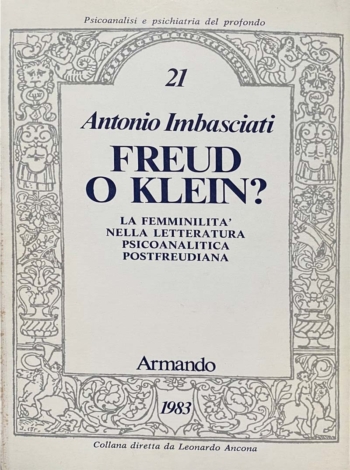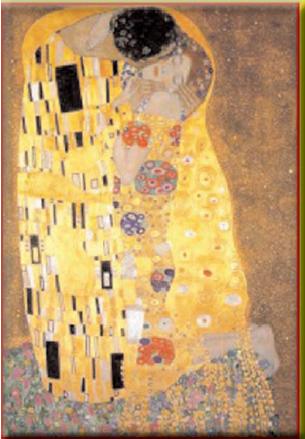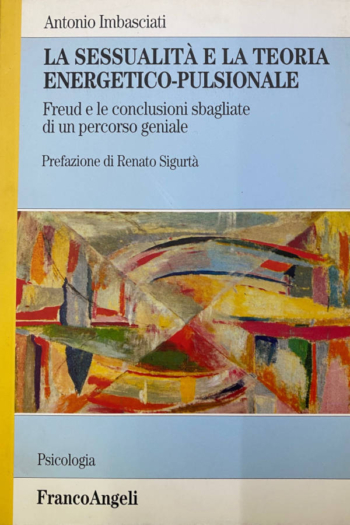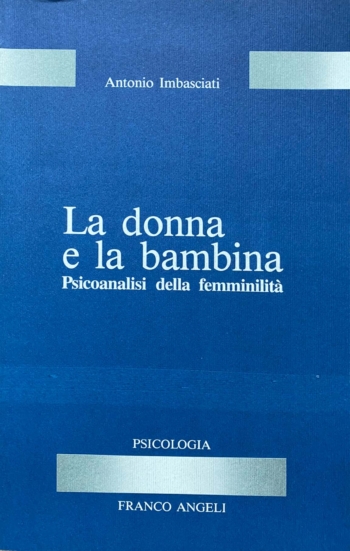2. Psychoneurophysiology of Sexuality
We know how psychopathology may easily occur in adolescence. Not enough we know how a silent psychic disorder in infancy, that nobody noted, may be the origin of what come out in adolescence. The title of this book outlines how every psychopathology has its “adolescence”, that is the period in which it became manifest. The Author tells us about a patient in his second analysis. An early previous analysis allowed this patient being successful and having a good family, but a troubled period of his life made him to ask another analytical experience. The Author tells us about an adolescence in which he shows its remote origins in early infancy, in a narrative that may be easily read. (…)
People believe sexuality is a biological event, which concerns genitalia and is regulated by the istinct: genitalia produce pleasure and pleasure cause emotions. This is a wrong idea, produced by our conscious-ness. Instinct does not exist in humans. Sex is learned from the first relationalship. Sexuality is due to a complex neural structuring in our Emotional Brain, which is progressively constructed along the individual life, from the infant attachment, through several interpersonal experiences, till adulthood. Emotional Brain works in a quite unconscious way: the subjectivity of an individual depends from it, but a person may feel only few misleadind feeling from his/her emotional brain working. Some of these feeling may be felt as sexual when he/her come to have any behaviors that may be called sexual. Pleasure is not produced by genitalia through specific neural pathways, but by a “lecture”, by our unconscious emotional brain. It occurs when some environmental, interpersonal and intrapsychic situations are organized in that neuropsychic structure built in our emotional brain, that constitute our individual sexual dimension. When his unconscious work occurs, our emotional brain gives orders to our body and genitalia. (…)
Mankind wrote about sexuality and love since some form of writing was invented. Even before, Homo sapiens tried to depict it in primitive rock paintings, later developing it into sculptures, and he felt the need to celebrate it by singing, dancing and in poetry, and to regulate it in the social and religious orders, and by some ones to exalt it in every shape and form. The subject seems to have occupied man’s mind in a poignant and continuous manner. Why is this so? (…)
The Drive Theory, that Freud formulated throughout his whole work with the aim to explain the origins and the functioning of the mind, has remained the milestone of psychoanalysis and the best known part to those who do not work in the field. Drive, repression, libido, energy and other terms have become part of the common language. Yet the Drive Theory it is the very part of Freud’s remarkable work that has been most criticized by psychoanalysts themselves, which consider it as superseded, at least in Freud’s original biological formulation. The book aims to show that this theory was formulated beginning from the first hypotheses on sexuality that Freud, as far back as the end of the nineteenth century, put forward. (…)
Freud defined the woman as “the dark continent of psychoanalysis”, but later both men and women explorers of such a continent have been countless. This book offers a description of the development of female personality, beginning from the experience of the girl baby’s first months of life, and looks for an explanation of the adult female traits by investigating the primary deep structures, particularly those that originate sexuality. The topic is developed in relation to the most recent personality theories in psychoanalysis, above all those derived from Kleinian approaches, that the author has illustrated in some of his previous works (Theory of the Protomental).






